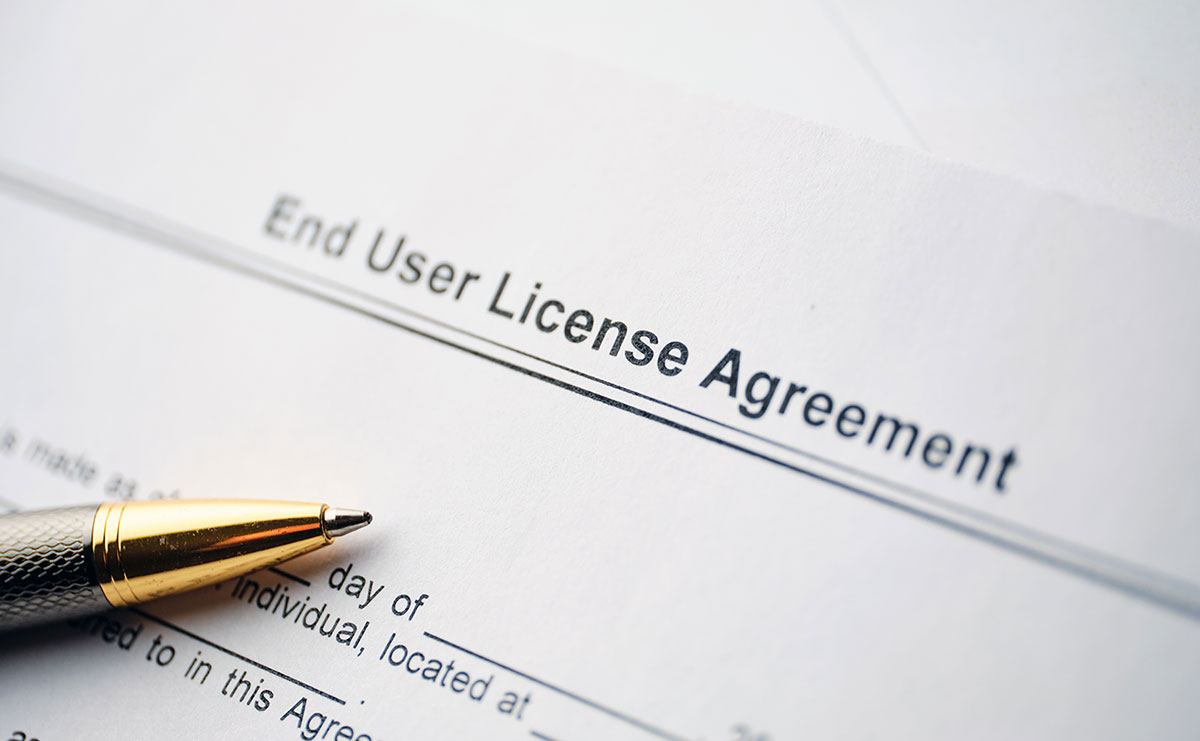Ontario Court | Legal Case – Notice of Renewal of Garnishment (Form 20E.1) – Rules of the Small Claims Court Forms
Notice of Renewal of Garnishment (Form 20E.1) – Rules of the Small Claims Court Forms – Ontario Court Services
Notice of Renewal of Garnishment (Form 20E.1) is used in the Ontario Superior Court of Justice to renew a garnishment order. A garnishment is a legal process where a creditor can collect money directly from a debtor’s wages, bank account, or other sources of income to satisfy a debt. The renewal is necessary when the initial garnishment period is expiring, but the debt remains unpaid. This form ensures that creditors can continue to collect unpaid debts through garnishment and provides clear instructions and legal requirements for all parties involved.
This guide provides step-by-step instructions on how to complete Form 20E.1 used in the Ontario Superior Court of Justice for renewing a garnishment order.
Section 1: Court Information
- Claim No.: Enter the claim number assigned by the Small Claims Court.
- Garnishment No.: Enter the garnishment number assigned by the clerk.
Section 2: Creditor Information
- Last name or name of company: Enter the creditor’s last name or the name of the company.
- First name and Second name: Enter the first and second names if applicable.
- Also known as: Enter any other names the creditor might be known by.
- Address: Enter the street number, apartment/unit, city/town, province, postal code, and email address.
- Phone no.: Enter the creditor’s phone number.
- Representative: If the creditor has a legal representative, enter the representative’s details including the Law Society of Ontario number.
Section 3: Debtor Information
- Last name or name of company: Enter the debtor’s last name or the name of the company.
- First name and Second name: Enter the first and second names if applicable.
- Also known as: Enter any other names the debtor might be known by.
- Address: Enter the street number, apartment/unit, city/town, province, postal code, and email address.
- Phone no.: Enter the debtor’s phone number.
Section 4: Garnishee Information
- Last name or name of company: Enter the garnishee’s last name or the name of the company.
- First name and Second name: Enter the first and second names if applicable.
- Also known as: Enter any other names the garnishee might be known by.
- Address: Enter the street number, apartment/unit, city/town, province, postal code, and email address.
- Phone no.: Enter the garnishee’s phone number.
Section 5: Garnishment Details
- Date of the original garnishment or last renewal: Enter the date when the garnishment was originally issued or last renewed.
- Total amount of debt unsatisfied: Enter the amount still owed by the debtor.
- Garnishment issuing court: Enter the name of the Small Claims Court where the garnishment was issued.
Section 6: Garnishee’s Payment Notice
- Court address: Enter the address of the court where payments should be sent.
- Claim No.: Enter the claim number.
- Garnishment No.: Enter the garnishment number.
- Creditor: Enter the creditor’s name.
- Debtor: Enter the debtor’s name.
- Garnishee: Enter the garnishee’s name.
Section 7: Payment Details
- Date of payment: Enter the date when the payment is being made.
- Amount enclosed: Enter the amount of the payment being sent.
Additional Instructions
- Filing the Form
- Complete and file the Notice of Renewal of Garnishment (Form 20E.1) along with an Affidavit for Enforcement Request (Form 20P) online or at the court office.
- The clerk will stamp the notice.
- Serving the Form
- Serve a copy of the stamped notice of renewal of garnishment and a blank Garnishee’s Statement form (Form 20F) on the original garnishee.
- Serve a copy of the stamped notice and the affidavit on the debtor.
- Follow the rules for serving documents as outlined in the Small Claims Court “Guide to Serving Documents” available online or at the court office.
- Terminating the Garnishment
- Once the judgment is paid in full, serve a Notice of Termination of Garnishment (Form 20R) on the garnishee and the court clerk.
- Follow the rules for serving documents as outlined in the Small Claims Court “Guide to Serving Documents.”
Important Notes
- Ensure all information provided is accurate and complete.
- Refer to the Small Claims Court “After Judgment – Guide to Getting Results” for more information on enforcing a judgment.
This guide will help you accurately complete the Notice of Renewal of Garnishment (Form 20E.1) and ensure compliance with legal requirements.
Disclaimer: This guide is provided for informational purposes only and is not intended as legal advice. You should consult the Residential Tenancies Act or a legal professional.




